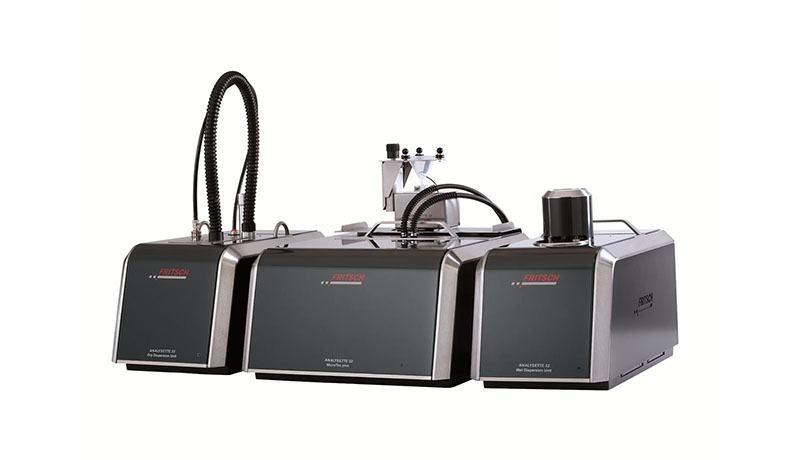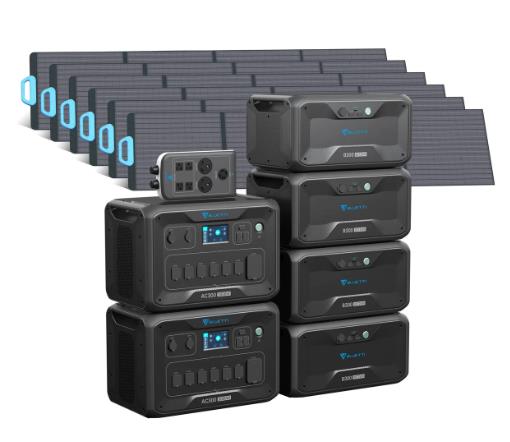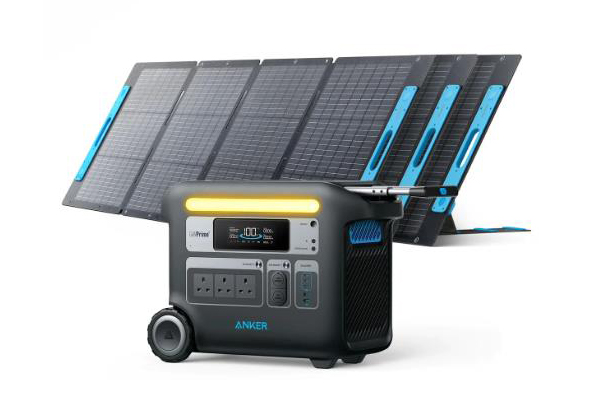Dynamic Laser Light Scattering and Wide-Angle Laser Light Scattering
A light scattering instrument is a strong tool for studying polymers and colloids, including their dynamic and static components. In static light scattering, you can find out about the polymer’s weight, average molecular weight, radius of gyration, etc. In dynamic light scattering, you can find out about the polymer’s diffusion coefficient and hydrodynamic radius. When you combine static and dynamic light scattering, you can find out about the aggregation, dispersion, and adsorption of polymers.
How Dynamic Light Scattering Works
The Brownian motion of particles causes changes in how bright the light is. Small things in a liquid will move around randomly. Brownian motion depends on how big the particles are and how thick the medium is. The less viscous the medium is and the faster Brownian motion is, the smaller the particle.
Dynamic light scattering is also called quasi-elastic light scattering. The main idea is that the polymer chain moves in a Brownian motion in the solution; the light that hits the polymer chain scatters; and the Doppler shift is caused by the scattered light. Using the difference between the frequencies of the light that hits the polymer, you can figure out its translational diffusion coefficient and its rotational diffusion coefficient. Since the diffusion coefficient depends on both concentration and molecular weight, you can use this to figure out the size of the molecules.
The relationship between optical signal and particle size
When light goes through the colloid, the particles scatter the light, and the light signal can be picked up at a certain angle. Multiple scattered photons add up to make the signal that is picked up, which is statistically significant. The instantaneous light intensity is not a fixed number. Instead, it changes around a certain average value, but the size of the particles affects how much it changes. In a very short time, you can see that the light intensity at a certain time is the same as the light intensity at another time. After a long time, the similarity in light intensity goes down, and the time is never-ending. For a long time, the light intensity was completely different from the last one, and the correlation was considered to be 0. Optical theory can be used to make a plan for light intensity.
As we already said, the speed of particles in Brownian motion depends on the size of the particle. Large particles move slowly, while small particles move quickly. Large particles move slowly, so the intensity of the scattered spot will also change slowly if you measure them. In the same way, if you measure small particles, the density of the spot of scattered light will change quickly because the particles are moving so quickly. Using the correlation function between big and small particles. The rate of decay of the correlation function is related to the size of the particles, and the rate of decay for small particles is much faster than that for large particles. Then, the light intensity fluctuation change and the light intensity correlation function were used to figure out the size of the particles and how they were spread out.
With the dynamic light scattering method, you can look at how the law of hydrodynamic radius changes in polymer solutions with different concentrations and levels of salt. The polymer coil is thought of as a sphere with the same diameter as Dh. In other words, the polymer chain is thought of as a microsphere model. The main part of the microsphere is a free coil that is not very tight. In Brownian motion, this coil will also take away some of the solvent. The microsphere is made up of n polymer chains that are tangled up with each other and are surrounded by a solvent. The hydrodynamic size of the polymer is the size of this coil and the electric double layer of water around it.
What are the applications of the wide-angle Laser Light Scattering instrument?
A light scattering instrument for research is the wide-angle Laser Light Scattering instrument. It is based on the two theories of dynamic and static light scattering and can give different kinds of information. Based on the principle of dynamic light scattering, the dynamic properties are studied, and measurements are made of the particle size and its distribution, the diffusion coefficient, the system’s aggregation and growth, the diffusion spectrum, and the shape of regular samples.
The properties of polymers were studied using the theory of static light scattering. Measure the molecular weight, root mean square radius of gyration, second virial coefficient, shape of polymer molecules in solution, etc. Since the angle of the instrument keeps changing, the research range is larger than that of a normal fixed-angle static light scattering instrument, and the angle can be changed and set to fit the sample and system.
We organically combine static and dynamic light scattering to study many processes like aggregation and dispersion, crystallization and dissolution, adsorption and desorption, and the process of polymer chains stretching and curling. It can also be used to study the speed of polymerization, how polymers join together, stick together, and so on.
Application
1. Research on micelles: How micelles work and what they can be used for depends on their size, shape, sensitivity to temperature, and pH. But it is clear that the DLS measurement of the micelle system depends on the angle and concentration, and the only way to get the correct diffusion coefficient D0 is to extrapolate the DLS data from different angles and concentrations.
2. Self-assembly: Molecular recognition, components, solvents, temperature, and thermodynamic equilibrium are some of the things that affect the stability of the assembly system. The properties of a self-assembled system can be described by its diffusion coefficient, particle size, molecular weight, root mean square radius of gyration, and second Viley coefficient.
Studying polyelectrolyte copolymers: Polyelectrolytes are like polymer solutions in that they are thick, have osmotic pressure, and scatter light. Because it is charged and has these three properties, it is not like other polymers. In light scattering measurements, polyelectrolyte is usually dissolved in a certain concentration of salt solution. Then, the light intensity of the sample is measured from different angles to see if it has been shielded from the Coulomb force.
4. Characterizing ultra-high molecular weight polymers: Because of their very high viscosity, ultra-high molecular weight polymers (like PAM, olefins, etc.) are measured using traditional methods (like GPC combined with light scattering technology, the viscosity method, etc.). It is hard to be sure of the accuracy, and the wide-angle light scattering instrument with a special matching liquid cell design completely avoids problems like pipeline blockage and stray light influence, making it a good tool for measuring such samples.
What are the best instruments for laser scattering?
The 18-Angle Laser Light Scattering-Size Exclusion Chromatography System (SEC-MALS)
Wyatt’s multi-angle light scattering detector works with any liquid phase system, like GPC/HPLC/UHPLC/APC from Agilent, Waters, Shimadzu, Thermo, etc., or protein purification systems from GE (AKTA), Bio-rad, etc.
SEC-MALS is a way to find out things for sure without using column calibration and standards. It can be used to find out things like molecular weight, size distribution, oligomeric state, conformation, degree of polymer branching, etc. SEC-MALS is a technology that combines the SEC separation method with the MALS, intrinsic viscosity measurement method. It works well with the technology for detecting differences in refraction.
High Throughput Macromolecular Solution Stability Analyst (HT-DLS)
The Plate Reader III is a big step forward in technology that lets standard 96-, 384-, or 1536-well multiwell plates be used for fully automated, high-throughput, simultaneous dynamic light scattering and static light scattering assays. Using cuvettes, the NanoStar dynamic light scattering instrument can measure samples that are as small as 1 L.
High throughput, automation, drug discovery and molecular stability assessment, purification process optimization, formulation screening, lyophilization process optimization, thermal stability research, low temperature stability research (4-8°C), and crystallization conditional filter are all applications for DynaPro series instruments.
The 18-Angle Laser Light Scattering-Field Flow Separation Detection System (AF4-MALS)
Field Flow Separation (FFF) is a powerful way to separate particles from 1 nm to 10 m+. The FFF separation flow channel has no stationary phase and low shear force, so it is especially good for separating particles that interact with the stationary phase (SEC column packing). By setting up MALS, DLS, and dRI detectors after FFF, the whole process can be separated and characterized. FFF separation and characterization: colloidal particles and nanoparticles, macromolecules and self-assemblies, and complex samples.





